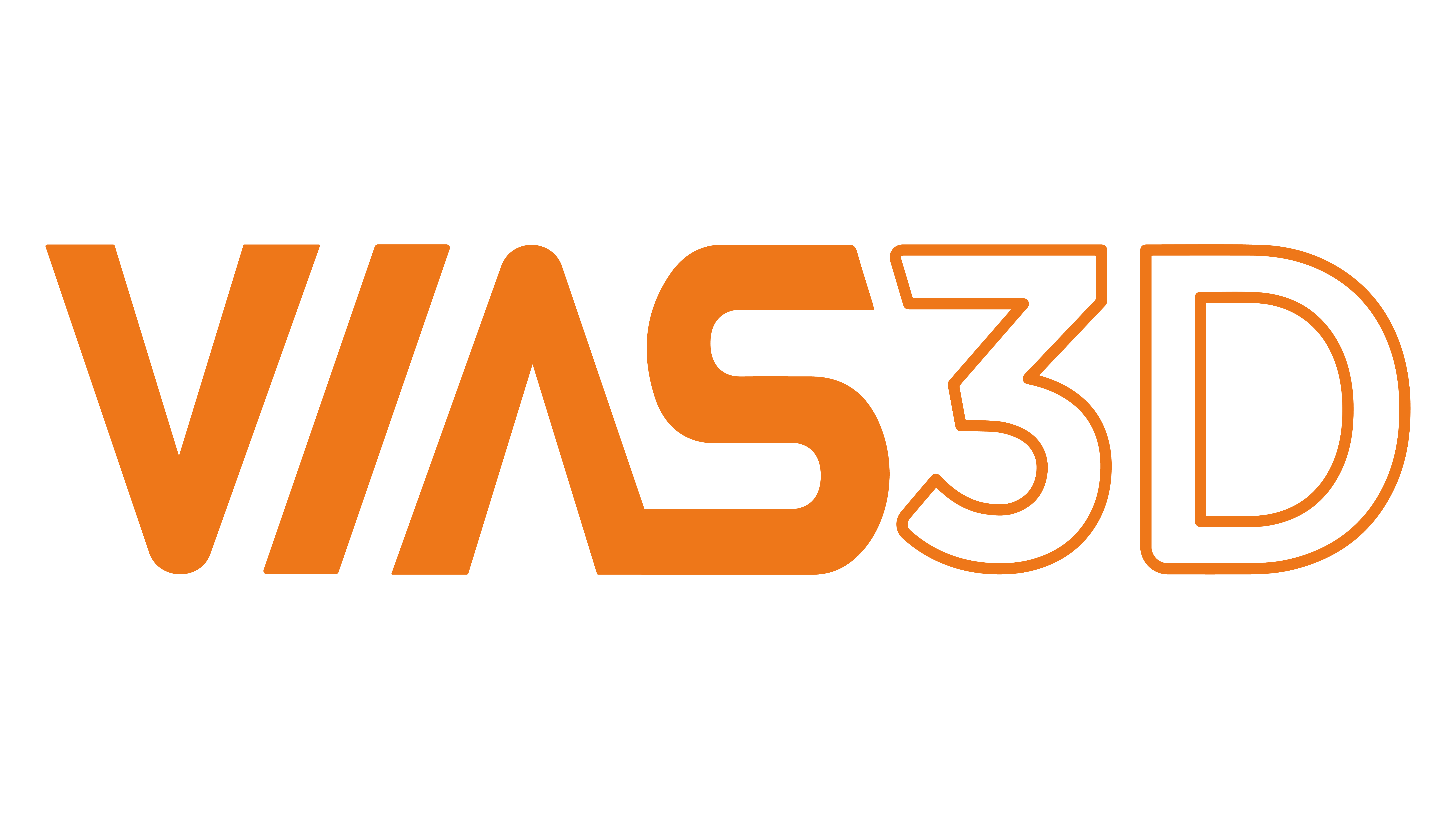Electronic manufacturing companies are facing serious problems because of solder joint failure. It is one of the major concerns in semiconductor industries for a prolonged period of time [1]. In electronic devices, all solder joints must be able to reliably function under a given condition and for a specified period of time without exceeding acceptable failure limits. One of the most common mechanical failures of solder joints is thermal fatigue which occurs when cyclic thermal loading is combined with different thermal expansion coefficients of various components on the plastic quad flat package (PQFP) [2]. It is important to identify the solder joint failures during the design process to prevent costly and difficult-to-solve problems later in a product cycle. Predicting solder joint fatigue life requires an understanding of the deformation and failure mechanism of solder alloy and accurate determination of stresses and strains in the joints.
The common approach to predict the fatigue life of the solder joint is to perform the fatigue experiment in the laboratory under a specified temperature. However, given that it may take a large number of cycles for the structure to fail under the fatigue loading, the analysis cost and time may render this approach to become unpractical. Furthermore, the experiment testing may possess additional challenges due to recent pandemic such as slowing down the laboratory testing activities or completely shutting down the laboratory centers [3]. As an alternative method, Abaqus/CAE can provide a specialized low-cycle fatigue capability that can safely, accurately, and cost-efficiently simulate a solder joint life.
Abaqus/CAE is a versatile nonlinear FEA software, that is used in various industries to perform highly complex simulations for design and analysis. Being a general-purpose software allows Abaqus to be used in a variety of industries, from oil and gas to life sciences and automotive as well as aerospace. Simulation allows industries to reduce cost, perform virtual testing, and bring an efficient design into the market, without expensive prototype testing and long times to setup such tests.
This blog shows how Abaqus/CAE can predict the fatigue life of the solder joint subjected to a cyclic thermal shock loading over a period of time.
What is a Solder Joint?
The solder joint is a tin-based alloy that is used to connect various components on a plastic quad flat package which consists of a printed circuit board (PCB), electronic chip, leads, and others. A solder is different from a weld in the sense that welding generally requires high-temperature fusion and bonding of metals, whereas a solder melts at relatively lesser temperatures and acts as the bond between different components. A most common solder alloy material that is used in PQFP is a tin-silver-copper (SAC 305) which has excellent strength and thermal fatigue properties. Since other components of a PQFP are made out of different materials, a strong mismatch in the coefficient of thermal expansion exists between the electronic chip and the PCB, and between the solder joints and the leads. Figure 1 illustrates the example of a typical surface-mounted integrated circuit package with gull-wing leads extending from each side.
Simulation Analysis Approach
The classical approach to numerically predict the fatigue life of a solder joint is to conduct a transient finite element analysis (FEA) in which the load cycle is repetitively applied to the structure. However, this method may take a large number of cycles for the structure to fail under fatigue and the analysis cost may render this method to be unpractical. Abaqus/CAE provides an alternative approach that specializes in low-cycle fatigue capability. It uses the direct cyclic method to obtain the stabilized response of the structure, rather than through repetitive application of the load cycle. This method provides large savings in computational cost. The key features of a low-cycle fatigue analysis are listed below:
- Ductile material progressively damage modeling based on accumulated inelastic hysteresis energy
- Creep laws for regular and lead-free solder
- Thermal loading to analyze the effect of mismatching thermal coefficients
Figure 2 illustrates a symmetric model of the PQFP that was developed using Abaqus/CAE. In general, the solder joints and leads near the corner of the PQFP would experience the highest levels of stress and strains since they are farthest from the center of the assembly [2]. Therefore, in order to accurately capture the failure in that area, these joints and leads are more finely meshed.
The solder joints will show damage initiation due to creep strains occurring in the joint, as thermal cyclic loading is applied. In these simulations, it is important to specify the creep law, damage initiation, and damage propagation properties of the solder material. Abaqus captures the damage initiation through its output variable CYCLEINI to determine the number of cycles that lead to damage initiation and shows affected elements. The simulation also deletes the fully damaged elements in the post-processing, which makes it easy to visualize the damage on the joint [2].
About Vias3D
Vias3D engineering and simulation team combines decades of analytical and design experience. They have successfully helped to design various products from many industries for strength, stability, rigidity, and fatigue endurance. Our design and analysis capabilities are accomplished through advanced engineering modeling techniques such as Finite Element Analysis (FEA) using Abaqus, Computational Fluid Dynamics (CFD), and other tools.
Using these advanced tools, we can capture complex design features and nonlinearities arising from materials, geometry, and surface interactions to simulate designs and predict their response before they are brought in production.
Please email us at [email protected] or drop a message at: https://www.linkedin.com/in/arinc16/
Contributors:
Georgiy Makedonov, M.S., is an FEA Engineer at Vias3D. He is a Mechanical Engineer with more than two years of professional experience. His experience involves in designing, developing, and evaluation of rigid pipeline systems, teaching, and FEA analysis using Simulia Abaqus. He holds a Master’s degree in Mechanical and Subsea Engineering from the University of Houston. He can be reached at [email protected].
Syed Jafri, Ph.D., PE (TX), CEng, is an FEA Consultant at Vias3D. He is a mechanical engineer with 14 years of experience in the use of nonlinear finite element analysis using Abaqus to analyze and design components from different industries such as oil and gas subsea infrastructure, medical and life sciences applications such as implanted knee components, and performing Level 3 fitness-for-service analyses for petrochemical industries. He also has expertise in rotor dynamics and vibrations. He is working as a Senior Simulation Consultant at Vias3D. He can be reached at [email protected].
Arindam Chakraborty, Ph.D., PE (TX, CA), is the CTO at Vias3D. He is a mechanical engineer with more than 14 years of strong academic and consulting experience in areas like solid and fracture mechanics and design, non-linear FEA, reliability, workflow automation. His experience spans industries like Nuclear, Oil & Gas, Petrochemical & Process Facilities, Life Science. Dr. Chakraborty has more than twenty-five conference and journal publications and is closely involved with ASME and API technical groups. He can be reached at [email protected].
References:
1] J. Denria, P. Rajmane, D. Agonafer, “Board Level Solder Joint Reliability Assessment Study of Megtron 6 Vs FR-4 Under Power Cycling and Thermal Cycling”, IEEE, July 26, 2018.
2] Simulia, “Low-cycle Thermal Fatigue of a Surface-mount Electronics Assembly”, Abaqus Technology Brief, July 2009.
3] Andrew Joseph, “Coronavirus pandemic forces some research labs to shut down, with uncertain futures for scientific projects”, Statnews, March 14, 2020






